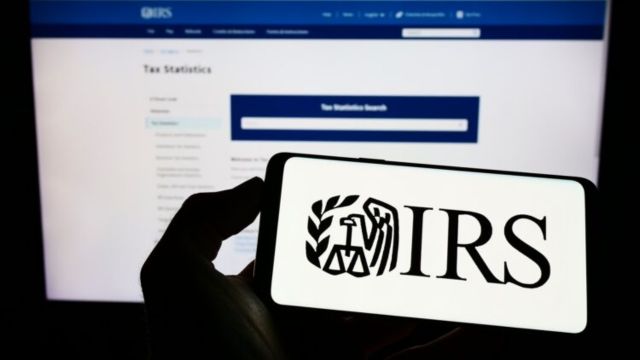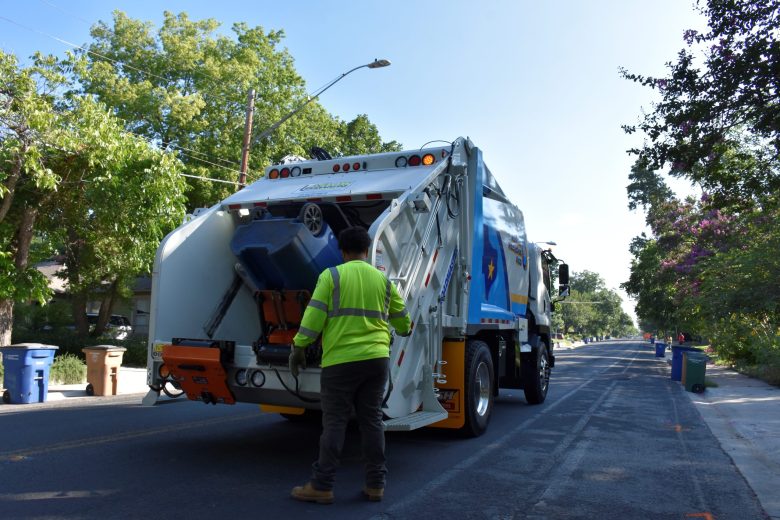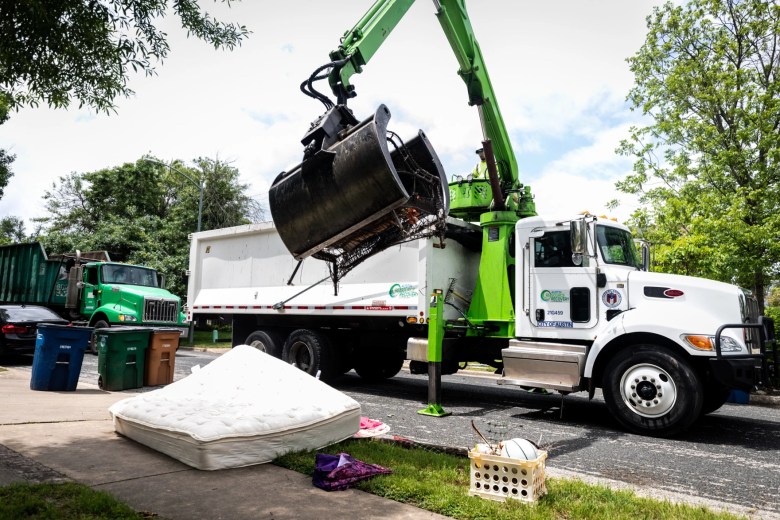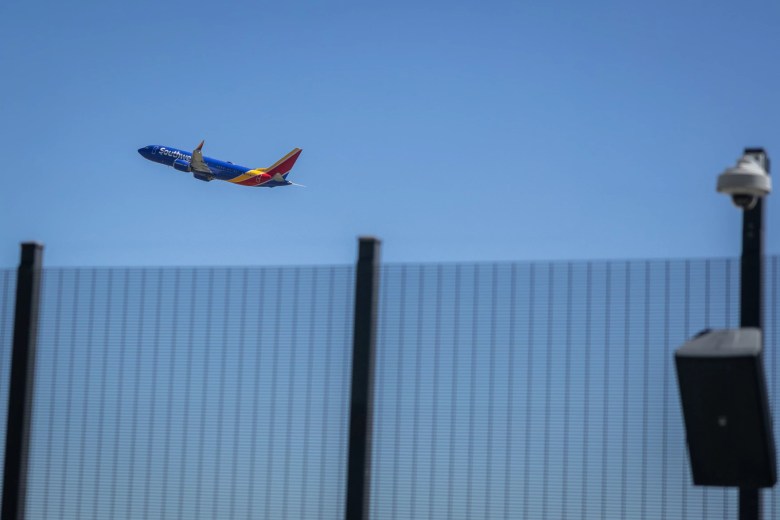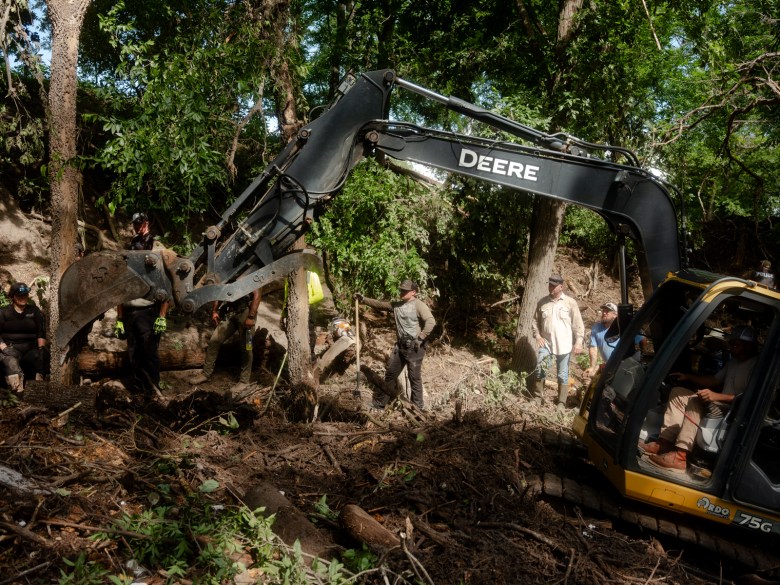Even though tax season is well under way, as it is every year, there are some areas where bad weather and natural disasters have made it impossible for people to file their taxes on time. This year, the Internal Revenue Service (IRS) announced new tax breaks for people and companies in parts of West Virginia that have been affected by severe storms, straight-line winds, flooding, landslides, and mudslides that started on February 15, 2025.
Greenbrier, Lincoln, Logan, McDowell, Mercer, Mingo, Monroe, Summers, Wayne, and Wyoming are the counties that will be impacted. People and businesses in these counties will automatically have until November 3, 2025, to file their taxes. According to the Federal Emergency Management Agency (FEMA), these counties will get extra time because of the damage that has already happened. However, as things change, more counties may be added.
The IRS’s rules for the help
Different IRS filing deadlines have been pushed back, so there is now a long list of tax filing and payment dates that have been pushed back, starting with Feb. 15, 2025, and ending with Nov. 3, 2025, which is the new due date for the returns. From now on, this date will apply to:
- Tax forms and fees for individuals are usually due on April 15, 2025.
- 2024 tax year contributions to IRAs and health savings accounts for people who are qualified.
- Estimated tax payments are due every three months, on April 15, June 16, and September 15, 2025.
- Payroll and excise tax reports are due every three months, on April 30, July 31, and October 31, 2025.
- Partnership and S company tax returns for the calendar year are usually due on March 17, 2025.
- Tax reports and payments for corporations and fiduciaries for the calendar year are usually due on April 15, 2025.
- Tax-free organizations that file returns every year are usually due on May 15, 2025.
- Those who don’t make payroll and excise tax deposits by March 3, 2025, but after February 15, 2025, will not be fined. This is as long as the payments were made by March 3, 2025.
People who are worried about getting the delay don’t need to be. If you live in one of those counties, the IRS will apply the new deadline to your filings automatically, so you don’t have to do anything. But if you live in a nearby county and were also affected by the disaster, you will need to let the government know that you won’t be able to file on time.
By doing this, you will avoid any extra fines or late fees that might have been applied in less serious situations. Also, because the worst-affected areas will have already received automatic help, the rest of the affected areas will be able to file their extension requests much faster because the system won’t be too busy.
For people who think they may be eligible for relief even though they are not in the designated area, the IRS Special Services toll-free number (866) 562-5222 should be called on. The IRS website says that this doesn’t just include people who live or work in the country; it also includes “workers assisting the relief activities who are affiliated with a recognized government.”
Those who were hurt by a nationally declared disaster and have losses that they weren’t covered by insurance or got paid for can choose whether to claim those losses on their tax return for the year the disaster happened (filed the following year) or on their return for the year before. You can report losses from 2025 on either the 2025 tax return (filed in 2026) or the 2024 return.
Taxpayers have more time to make this choice. They have up to six months extra time after the regular due date for filing the federal tax return for the disaster year (not counting any filing extensions). The due date for people is October 15, 2026.
It’s important to include the FEMA statement number 4861-DR on the return when you file for a disaster-related loss. Publication 547 has more information on how to deal with losses caused by accidents, theft, and casualties.
